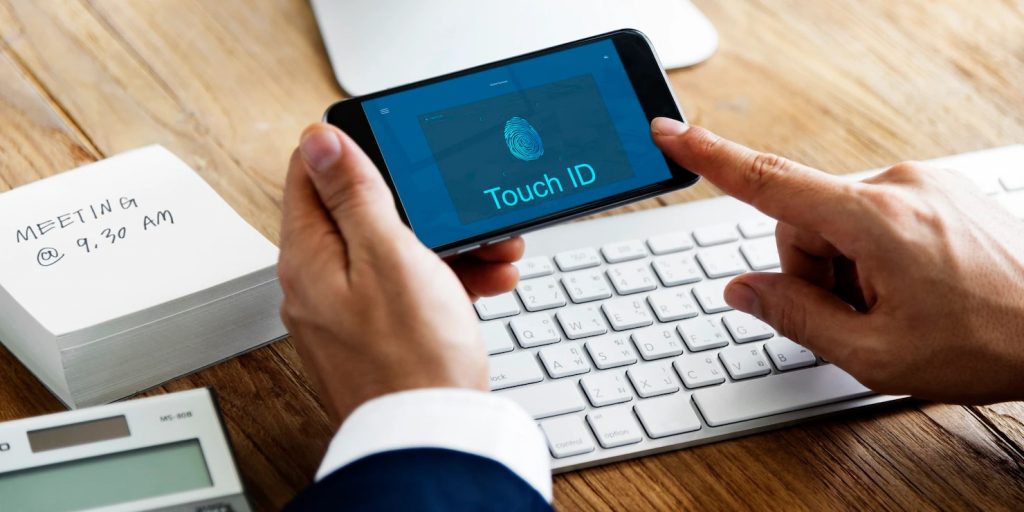Stress, depression, and anxiety at work have cost Australian businesses a combined billions a year in lost productivity and absenteeism.
The question “how healthy is your workplace now?” is a good starting point for businesses looking to introduce mental health first aid in Australia into the workplace. This question will help the company pinpoint its current position on this path and choose the most appropriate next steps. Here are some of the most important things you can do to make sure mental health first aid in Australia programme is a success.

Apply a Company-Wide Strategy
When thinking about mental health in the workplace, it’s important to have a holistic approach that includes mental health first aid in Australia. Each company will need to develop its own approach to employee wellness that is tailored to its own culture and demographic.
Leaders in this field, whether large and small, use a company-wide strategy. This necessitates making the correct cultural strides and making sure the plan for promoting wellness and mental health first aid in Australia is carried out effectively. This necessitates prioritising healthy job design, making appropriate modifications, providing necessary training, accommodating individual demands for scheduling and compensation, and so on.
Get to the Top First
This must begin at the top if we are to create psychologically healthy workplaces for all employees. Executives who discuss their own struggles with mental health have been shown to foster a more open culture across their companies.
Executives must set the tone for this shift so that workers feel safe coming forward for assistance and rallying behind one another. To normalise discussions about mental health in the workplace, there has to be a greater emphasis on the topic from the top down.
Develop a Transparent Plan for Employee Education and Development
Keep in mind that mental health first aid in Australia are not licenced therapists. It’s important to clarify how much time mental health first aid in Australia should commit to the role and the boundaries of the position because they’re there to provide early intervention and direct those in need to the appropriate support, whether that’s self-help, an Employee Assistance Programme (EAP), or professional services.
The correct individuals must be trained to serve as mental health first aid in Australia in the workplace. Seniority levels, geographic areas, gender, and ethnicity should all be well-represented. The ideal candidates are those who can keep secrets and spend the bulk of their time working on-site.
Organizations have an additional responsibility to ensure their staff members are always at the cutting edge of their fields by offering periodic opportunities for skill enhancement.
Encourage Qualified Personnel
For mental health first aid in Australia to be successful in their roles, they need to be provided with the resources they need to be well and safe. One excellent strategy for achieving this goal is the establishment of a network of mental health first aid in Australia. If at all feasible, someone with experience in human resources should be in charge of this, and all participants in the Mental Health First Aid programme should know who to contact if they have any questions or concerns.
In addition, businesses should stress the need of Mental Health First Aiders prioritising their own health. If they believe they need to, they should be given the opportunity to step down from their position or take a sabbatical.
Evaluate the Results
Employers can track the results of their investment in Mental Health First Aid training in a number of ways, including by keeping track of employees’ sick days, absenteeism, recruitment and retention rates, support utilisation, and the number of interventions and conversations that have taken place between coworkers and trained Mental Health First Aiders. Mental health first aid in Australia should be included into preventative and wellness programmes in the same way that physical health first aid is.






About The Author: Wanda Martinez
More posts by Wanda Martinez